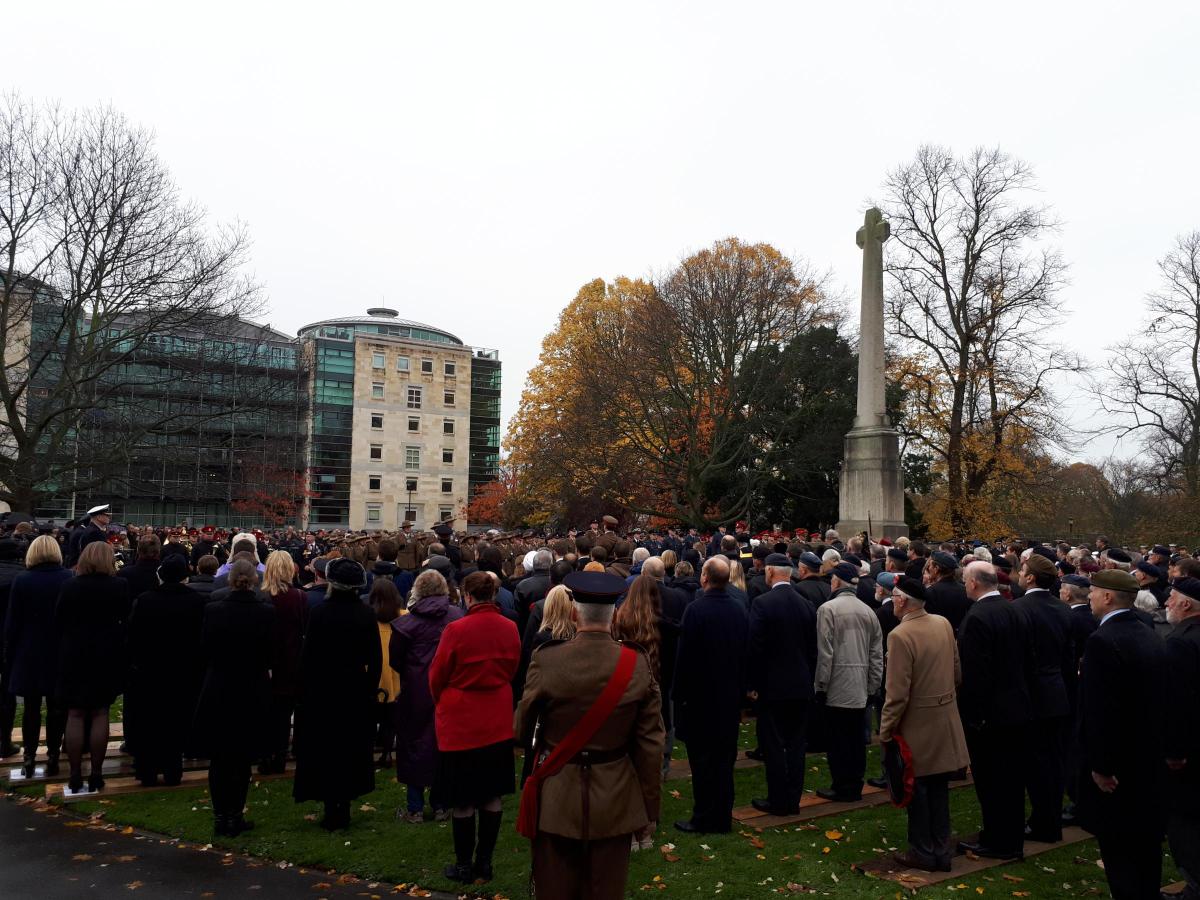Yesterday I was reading Frederik Fahlander’s recent review of Oli
Harris and Craig Cipolla’s Archaeological
Theory in the New Millennium. It’s a generally positive review of a useful
book, but what struck me was a comment he made about the ‘Melanesification of
the past inherent in many relational archaeologies’. In this case, he’s
referring to the notion of distributed agency as promoted by a lot of the
adherents of ANT/Symmetrical approaches which is so current in contemporary thought.
This has been very influenced by the work of the anthropologist Alfred Gell,
particular his 1998 book Art and Agency
which particularly used case studies drawn in particular from Melanesia
(roughly including New Guinea, Vanuatu, Solomon Islands, Fiji). Fahlander highlighted
the problems outlined by Bob Layton in extending a particularly Melanesian ontology
about personhood and art to a more general cross-cultural sphere. In many ways
this reflects the usual problem with analogical thinking in archaeology about specificity
of context and the challenges of extrapolating from anthropological parallels
It also struck me as interesting as for a variety of reasons I’ve
recently been reading a lot about the archaeology and anthropology of Oceania – particularly some
interesting work by Nicholas Thomas, as well as Kirch’s On the Road of the Winds, and some stuff by the Tongan writer and
anthropologist Epeli Hau’ofa. It reminded me quite how much archaeologists have
used ideas ultimately derived from Oceanic contexts – the notion of prestige
good exchange being an obvious example which has its origins in anthropological
explorations of processes such as Trobriand kula
rings. When I was an undergraduate, social evolutionary models looking at the
development of chiefdom were popular amongst those working on Iron Age
archaeology – much of it derived from anthropological and archaeological word carried
out by scholars such as Timothy Earle on the more ranked societies that belong
to eastern Polynesia (Tonga, Hawaii etc).
Interestingly there also seems to be a little outbreak of, if not Melanesification,
at least Polynesification, in Viking studies. Both Mads Ravn and Neil Price
have made a case for using Oceanic parallels to contextualise Viking society.
In some senses there are some obvious connections, seafaring, ranked societies
with evidence for tran-oceanic expansion driven by something beyond simple
population expansion.
In my own reading I’ve found it really interesting taking some of these
ideas that have permeated the archaeological literature back to their origin. In
most cases it’s clear that the complexity and contingency of things like kula rings get stripped out when the
model is transported. Also often, I’m not sure that anthropological parallels
are always particularly illuminating when they are reduced to the banal level
of ‘ooh look Pacific society exchange systems can be both reciprocal and
hierarchical, a bit like Iron Age Britain’. I’ve my found my reading more useful
in opening up possibilities rather than providing exact parallels, and also as
a useful reminder of the sheer bloody messiness of non-state societies. They
can be inconsistent, inchoate and are constantly dynamic. Indeed, it’s this complexity
that so often gets lost when analogies are used to used uncritically – and as
Matthew Spriggs has pointed out this kind of approach can strip out
chronological change and contingency resulting in a kind of denial of history
imposed on Oceanic societies. Ironically juicy anthropological parallels end up
treated like Prestige Goods, handed around between peers and gaining their importance
on the basis of their exotic provenance.
Anyway next week I’m off to London next week to go the British
Library Anglo-Saxons: Kingdoms, Art and War
exhibition and the Oceania exhibition
at the Royal Academy; I look forward to seeing how a really good understanding
of emerging social ranking in Toga can only be developed by drawing parallels with
7th century Mercia.
Fahlander, F. 2018. Oliver J.T. Harris and Craig
Cipolla. Archaeological Theory in the New Millennium: Introducing Current
Perspectives (Abingdon: Routledge, 2017, 238 pp., 32 figs, pbk, ISBN
978-1-138-88871-5). European Journal of Archaeology, 21(4), 640-643.
Hau’ofa, E. 2008. We are the ocean:
selected works
University of Hawaii Press
Layton, R. 2003. ‘Art and Agency’: A Reassessment. Journal of the Royal Anthropological
Institute, 9: 447–64
2018 Polynesians of the Atlantic?
Precedents, potentials, and pitfalls in Oceanic analogies of the Vikings, Danish Journal of Archaeology
Ravn, M., 2011. Ethnographic analogy from the Pacific: just as
analogical as any other analogy. World
Archaeology, 43/ 4, 716–725.
Ravn, M., 2018. Roads to complexity: Hawaiians and Vikings
compared. Danish Journal of Archaeology
Spriggs, M., 2008. Ethnographic parallels and the denial of
history. World Archaeology, 40/4,
538–552
Spriggs, M., 2016. Lapita and the Linearbandkeramik: what
can a comparative approach tell us about either? In: L. Amkreutz, et al., eds. Something out of the ordinary? Interpreting
diversity in the Early Neolithic Linearbandkeramik and beyond. Cambridge:
Cambridge Scholars, 481–504.


